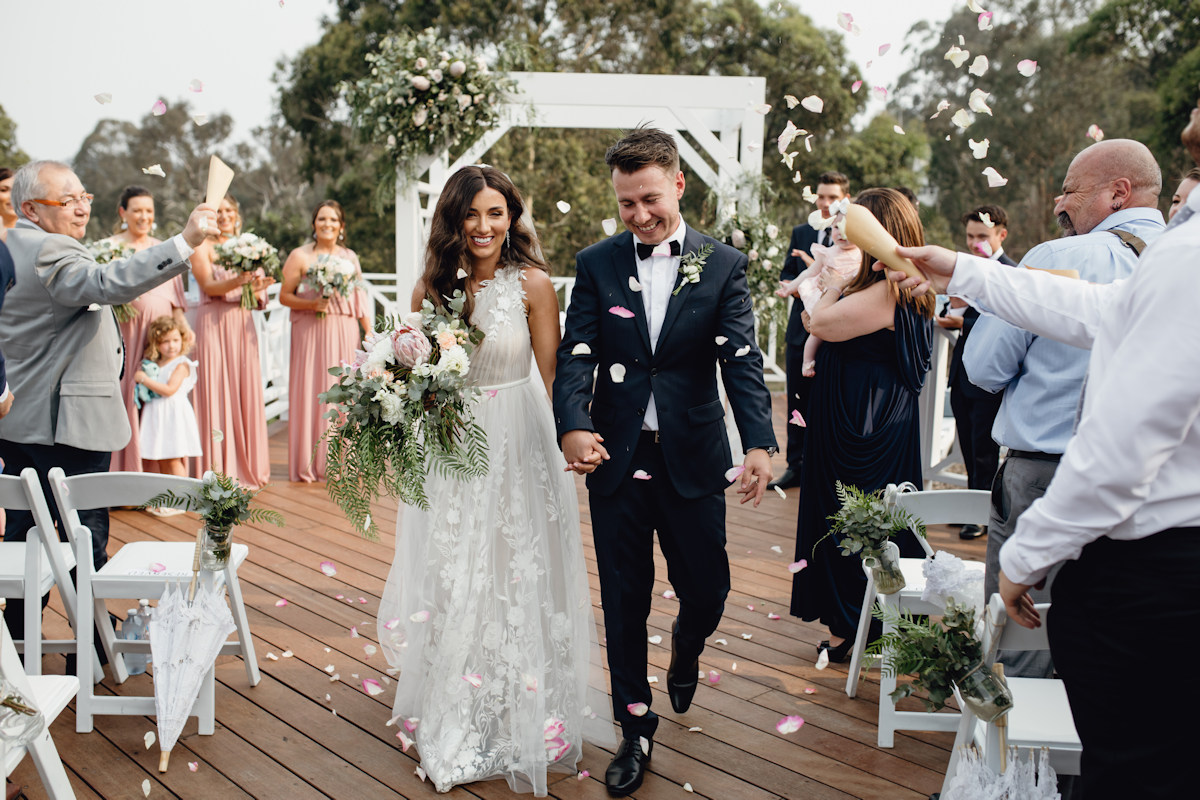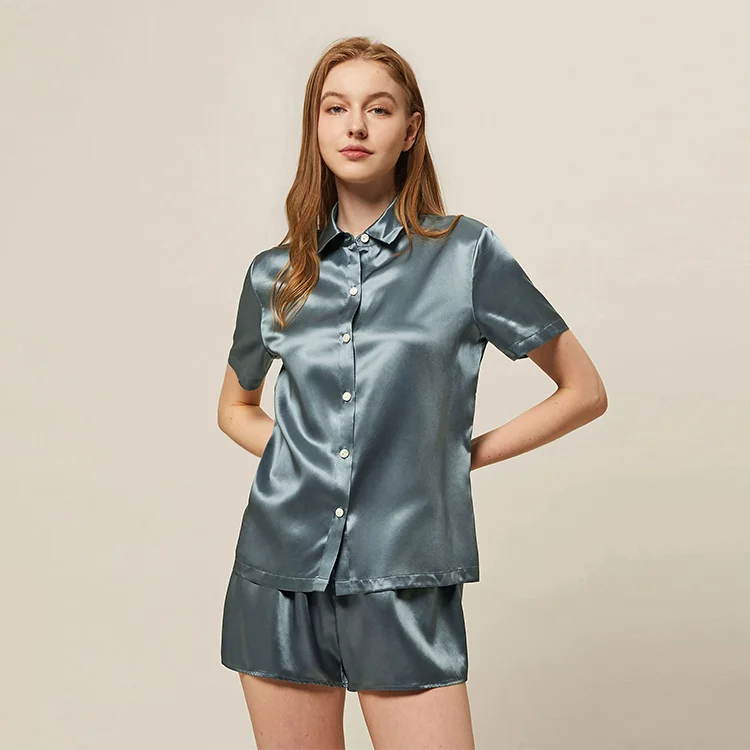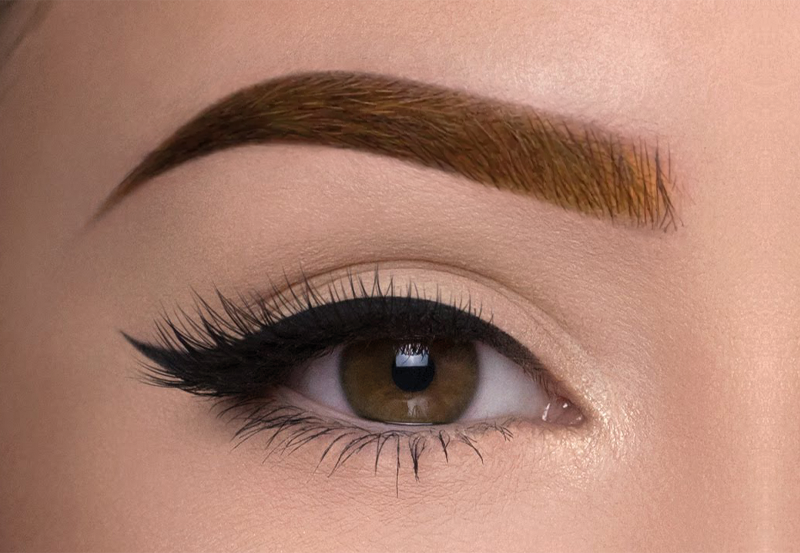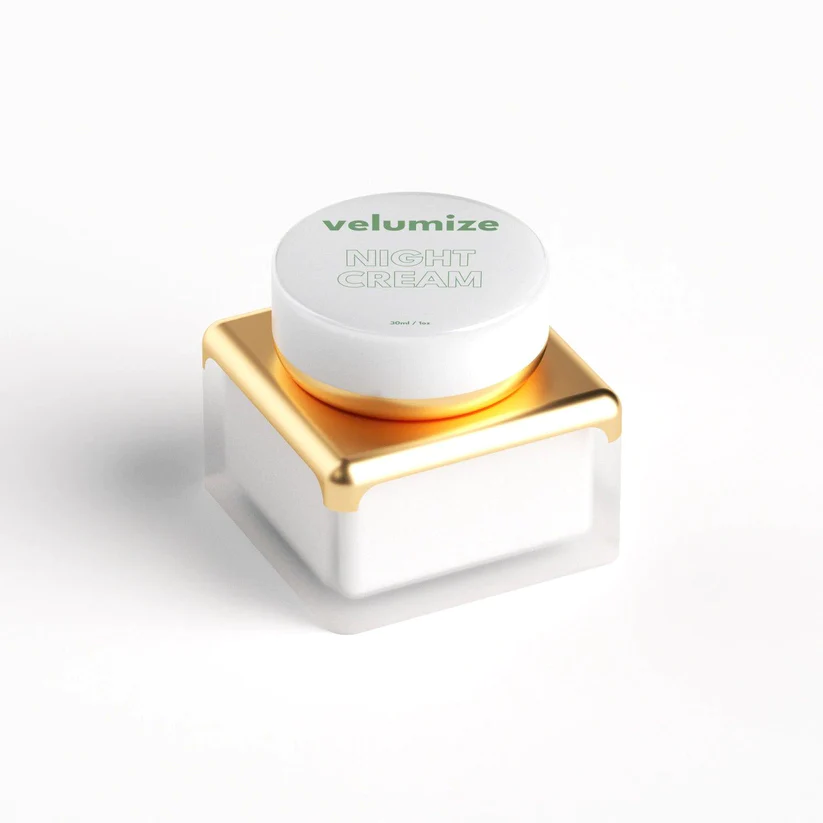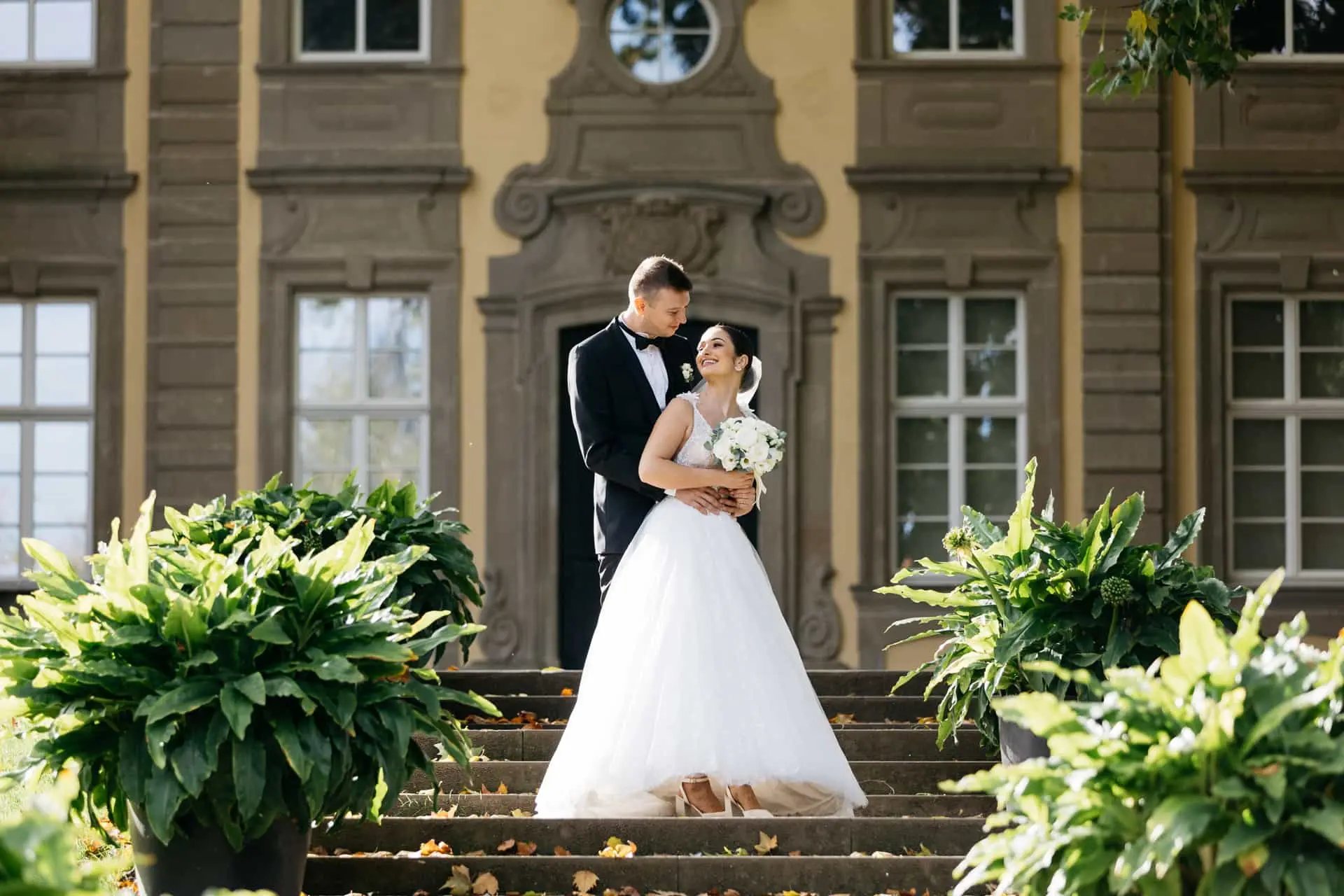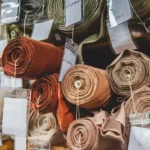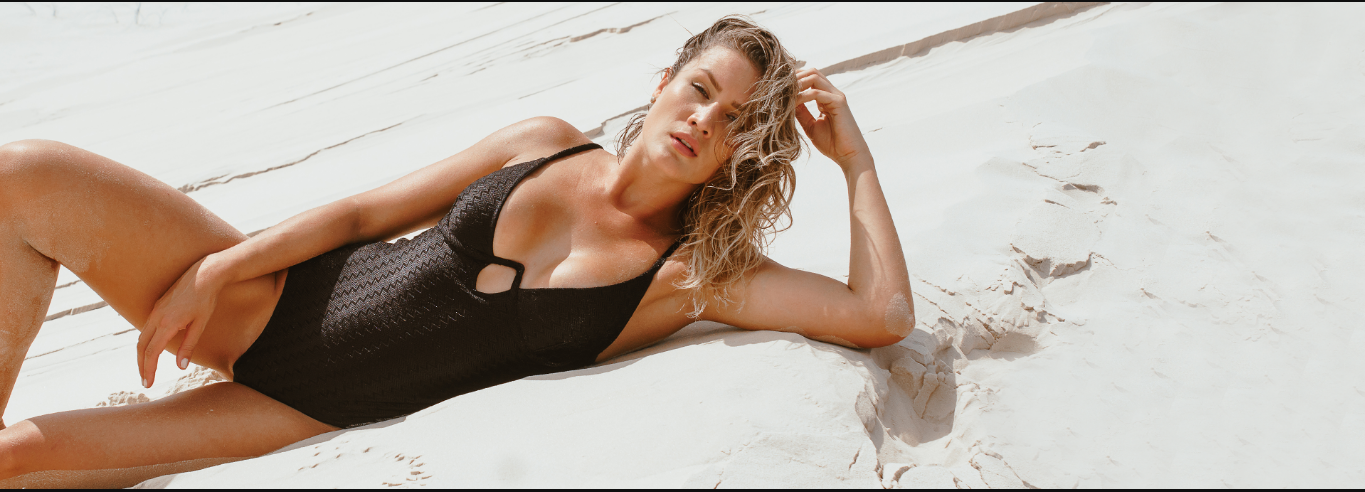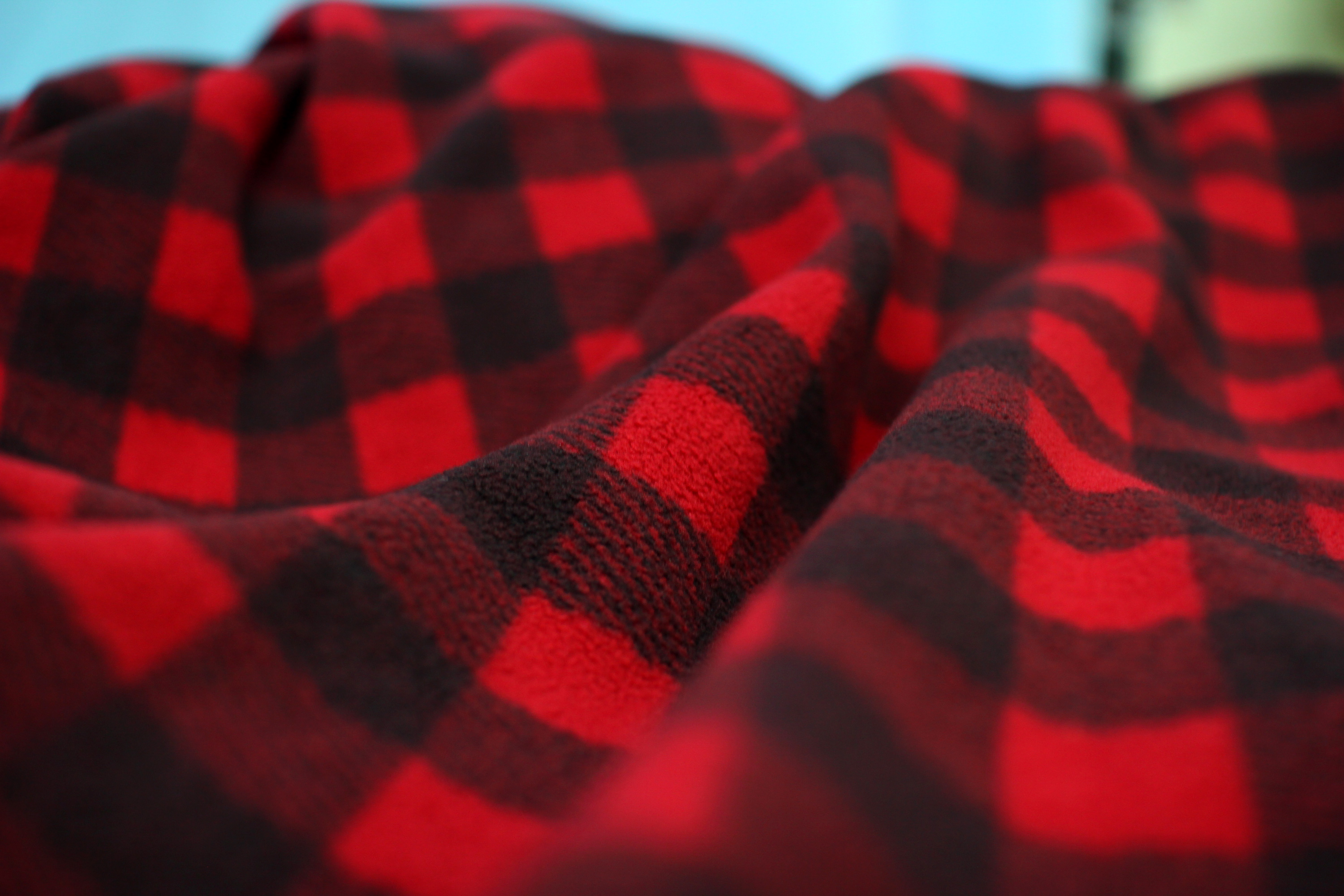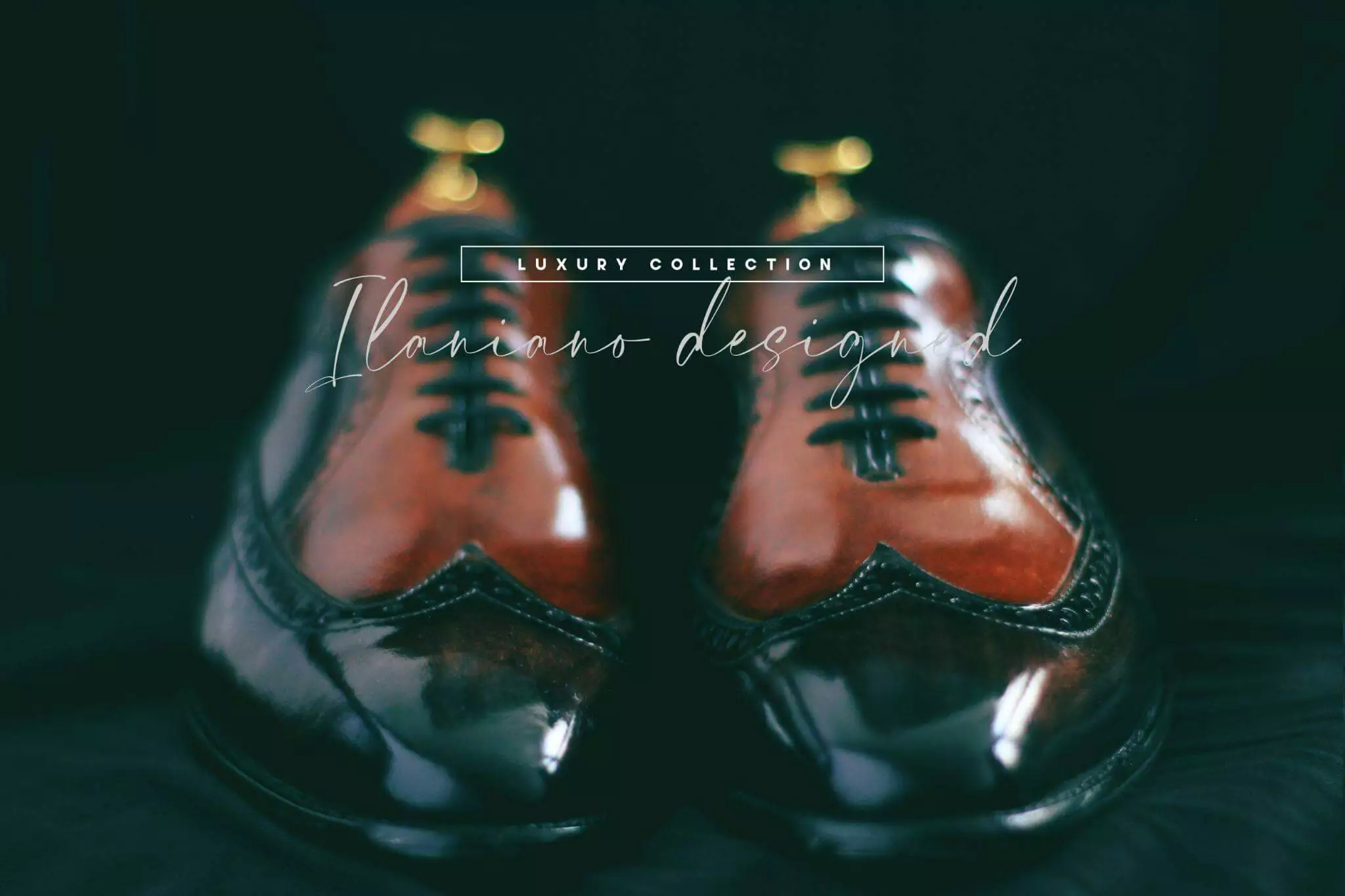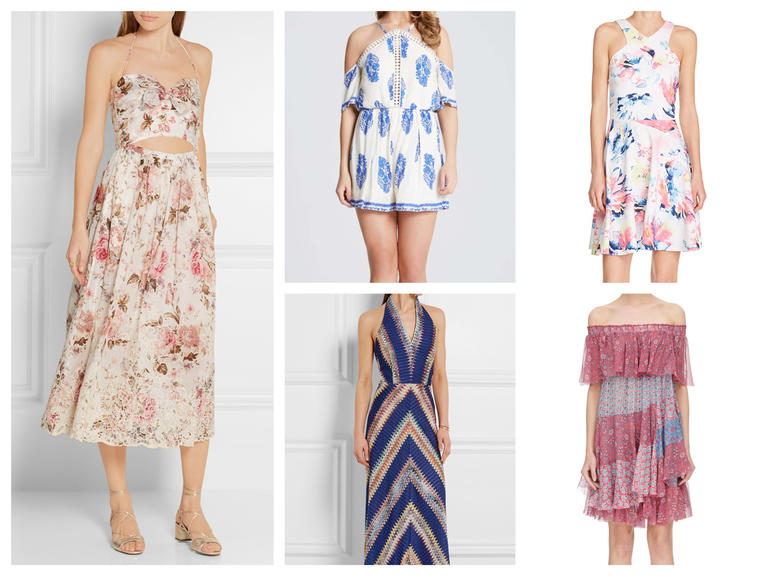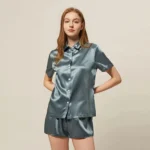The Art of Layering: Styling Outfits for Different Seasons
When it comes to fashion, the art of layering is a game-changer, allowing you to create versatile and stylish outfits for every season. As an avid fashion enthusiast, I have discovered that layering is not only practical but also an opportunity to express personal style. From the cozy layers of winter to the breezy combinations of spring and the lightweight ensembles of summer, mastering the art of layering opens up a world of endless possibilities. Join me as we delve into the secrets of styling outfits for different seasons, and let your creativity soar with each layered look you create.
Content
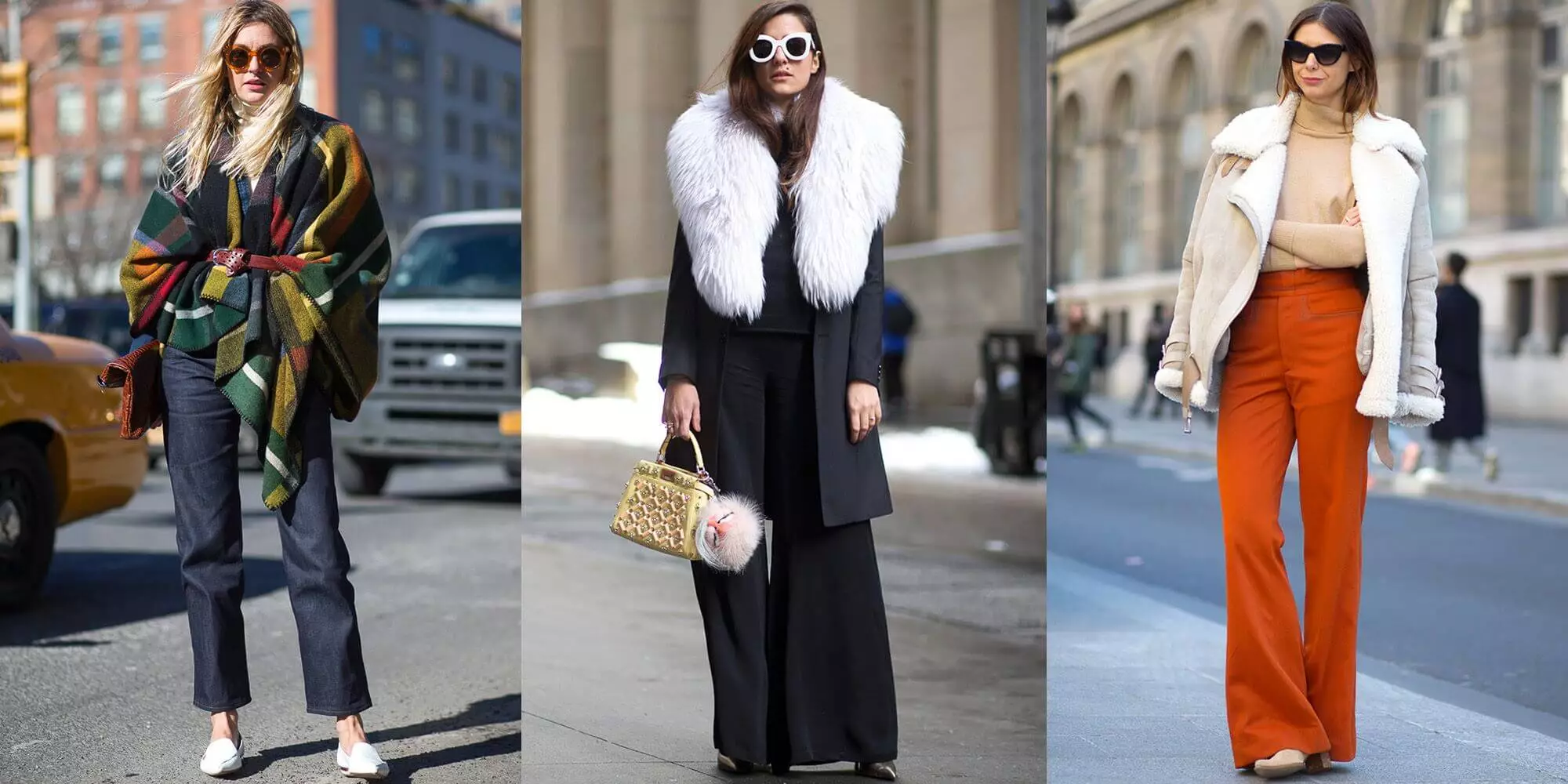
Layering for Spring
When the weather starts to warm up, it’s time to shed those heavy winter layers and embrace the lighter, more vibrant outfits of spring. Layering in spring is all about finding the perfect balance between staying comfortable and showcasing your personal style. Let’s explore some key elements and tips for achieving stylish and practical layered looks during this season.
Also Read: Tips for Curating a Capsule Wardrobe
1. Choosing Spring-Friendly Fabrics
To create comfortable and breathable layered outfits, opt for fabrics that are lightweight and airy. Look for materials like cotton, linen, silk, or chambray. These fabrics allow for better airflow and prevent you from feeling overheated as the temperatures rise.
2. Essential Spring Layering Pieces
- T-shirts: Start with a basic, well-fitting T-shirt as the foundation of your spring layered look. Choose neutral colors or embrace pastels and floral patterns to capture the essence of the season.
- Lightweight Cardigans: Add a touch of warmth and style with a lightweight cardigan. Opt for colors that complement your outfit and experiment with different lengths and textures.
- Flowy Blouses: Embrace the feminine vibe of spring by incorporating flowy blouses in your layered outfits. These can be paired with skirts or jeans for a versatile and trendy look.
3. Playing with Patterns and Colors
Spring is the perfect time to embrace playful patterns and vibrant colors. Experiment with mixing different patterns, such as floral prints with stripes or polka dots. Don’t be afraid to add a pop of color to your layered ensemble with a bright scarf or statement accessory.
4. Layering Techniques for Spring
- Shirt Layering: Layer a lightweight button-down shirt over a T-shirt for a casual and effortless look. Leave the shirt unbuttoned for a relaxed feel or tie it at the waist for a more defined silhouette.
- Denim Jackets: A classic denim jacket is a staple for spring layering. Pair it with a sundress or a jumpsuit for a stylish and transitional outfit.
- Light Scarves: Add a touch of elegance and warmth with a lightweight scarf. Choose a colorful or printed scarf to make a statement while keeping the chill at bay.
Layering for Summer
Ah, summer—the season of sunshine, beach days, and outdoor adventures. When the temperature rises, it’s time to master the art of layering in a way that keeps you cool, comfortable, and effortlessly stylish. Let’s dive into some essential tips and techniques for layering during the summer months.
1. Embrace Lightweight Fabrics
When it comes to summer layering, choosing lightweight and breathable fabrics is key. Look for materials like linen, cotton voile, or rayon, which allow air to circulate and prevent you from feeling stifled in the heat.
2. The Versatility of Tank Tops
Start your summer layered looks with a staple: the tank top. Invest in a few well-fitting tank tops in different colors and styles. They can be worn on their own for a casual look or layered under other pieces for added style and versatility.
3. Open-Style Kimonos and Cardigans
Opt for open-style kimonos or lightweight cardigans as your go-to layering pieces for summer. These flowy garments add a touch of elegance while providing coverage for cooler evenings or indoor air-conditioned spaces.
4. Stylish Cover-Ups for the Beach
Heading to the beach? Don’t forget a stylish cover-up. Whether it’s a breezy sarong, a loose maxi dress, or a lightweight kimono, a cover-up serves as a fashionable layer that protects you from the sun and transitions seamlessly from the beach to a nearby café.
5. Layering with Accessories
Accessories play a vital role in summer layering. Experiment with wide-brimmed hats, colorful scarves, statement sunglasses, or layered necklaces to add a touch of personality and complete your summer ensemble.
6. The Power of Lightweight Jackets
While summer brings warmth, there are still cooler evenings or air-conditioned spaces that may require a light layer. Consider a lightweight denim jacket or a linen blazer that can be thrown over a dress or paired with shorts and a tank top for a chic and polished look.
7. Mixing and Matching Prints
Summer is the perfect time to embrace bold and vibrant prints. Mix and match different patterns, such as floral, stripes, or tropical motifs, for a playful and eye-catching layered outfit. Remember to balance the prints by keeping the rest of the outfit simple and neutral.

Layering for Winter
As the cold winter winds blow, it’s time to bundle up and embrace the art of layering to stay warm and stylish. Layering in winter is all about finding the perfect balance between insulation and fashion. Let’s explore some essential tips and techniques for layering during the chilly winter months.
1. The Base Layer
Keeping Warm and Cozy In winter, start with a base layer that provides insulation and moisture-wicking properties. Opt for thermal tops and leggings made from merino wool or technical fabrics. These materials trap heat close to the body while keeping you dry and comfortable.
2. The Middle Layer
Adding Warmth and Bulk The middle layer is where you add warmth and bulk to your outfit. Look for cozy sweaters, knit tops, or fleece jackets. These pieces act as insulators, trapping heat and creating a barrier against the cold weather.
3. The Outer Layer
Shielding from the Elements To protect yourself from wind, snow, and rain, invest in a high-quality winter coat or parka. Choose a style that suits your needs, such as a down-filled coat for extreme cold or a waterproof jacket for wet climates. Ensure that the outer layer is roomy enough to accommodate your other layers comfortably.
4. Accessories
Adding Style and Functionality Accessorizing is key to winter layering. Add a chunky knit scarf, a cozy hat, and insulated gloves or mittens to keep your extremities warm. Consider thermal socks and insulated boots to protect your feet from the cold ground.
5. Layering with Bottoms
For your lower half, layering is equally important. Wear thermal or woolen leggings under your pants or jeans to add an extra layer of warmth. Consider thermal tights for dresses or skirts, paired with tall boots for both style and insulation.
6. Smart Layering
Maintaining Mobility and Comfort Remember that winter layering is not just about warmth; it’s also about maintaining mobility and comfort. Avoid excessive layering that restricts movement or causes discomfort. Opt for thinner, moisture-wicking layers for activities like winter sports or hiking.
7. Mixing Textures and Patterns
Winter is a great time to experiment with different textures and patterns. Mix and match wool, faux fur, and knits to add visual interest to your layered outfits. Don’t be afraid to play with colors and patterns to create unique and eye-catching winter looks.
Layering during winter is the secret to staying warm, cozy, and fashionable. Start with a moisture-wicking base layer, add insulation with a middle layer, and shield yourself from the elements with a high-quality outer layer. Don’t forget to accessorize with scarves, hats, and gloves. By mixing textures and patterns, you can create stylish and functional winter outfits that keep you comfortable in even the coldest temperatures.
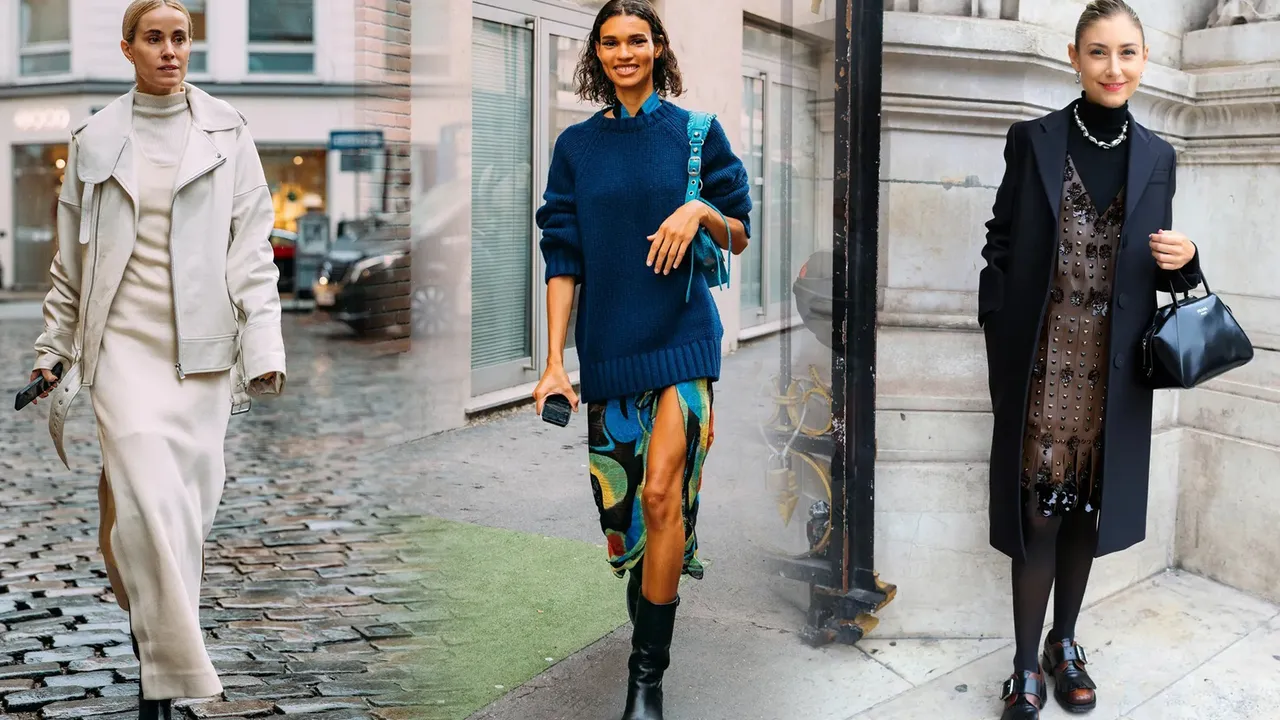
Conclusion
In my journey exploring the art of layering, I have come to appreciate its transformative power in creating outfits for different seasons. From the cozy warmth of winter to the breezy styles of spring and the effortless ensembles of summer, layering allows us to stay stylish and comfortable throughout the year. With the right combination of fabrics, textures, and accessories, we can unleash our creativity and make each outfit a true reflection of our personal style. So, go ahead and experiment with layering, embrace the versatility it offers, and let your fashion choices speak volumes in every season.
FAQs
How do I avoid looking bulky when layering for colder seasons?
To avoid a bulky appearance, opt for thinner layers and focus on lightweight fabrics. Start with a well-fitted base layer, add a thinner middle layer, and top it off with a streamlined outer layer. This will create a more streamlined and balanced silhouette.
Can I layer different patterns and prints together?
Yes, you can layer different patterns and prints together for a stylish look. However, it’s important to maintain balance and cohesion. Choose patterns that have complementary colors or themes.
How can I layer for transitional seasons like spring and fall?
Layering for transitional seasons requires versatility. Combine lightweight pieces like cardigans, blazers, or denim jackets with comfortable basics. Focus on layering items that can easily be added or removed as the temperature fluctuates throughout the day.
What accessories work well with layered outfits?
Accessories can elevate your layered outfits. Consider adding scarves, statement necklaces, belts, or hats to enhance your look. Opt for accessories that complement your outfit in terms of color, texture, or style.
How do I layer for warmer seasons like summer without feeling overheated?
Layering for summer requires strategic choices. Opt for lightweight and breathable fabrics like cotton, linen, or chiffon. Choose open-knit cardigans, lightweight kimonos, or sheer layers to add dimension without trapping excess heat.

Nellie Ponds is a fashion blogger with an eye for style. She has her own blog where she writes about the latest in fashion and trends, as well as providing tips on how to dress your best while still being practical. Her blog’s readership is steadily growing, but she remains humble.

